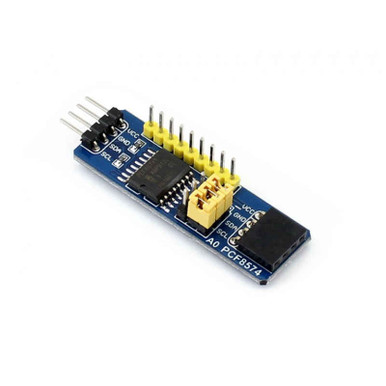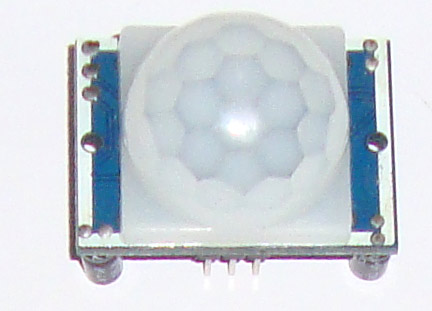ravi.2k17
Advanced Member level 4

hi all,
I want to connect multiple sensors (eg PIR HCSR01 and others) and LCD display with nodeMCU/Arduino using I2C GPIO extender.
Is RS485 protocol fully compatible with I2C communication? I know that I2C identifies connected devices with unique hex addresses.
Can those addresses will be detected over RS485 transmission ?
I use PIR HC-SR501 sensor which has only one TTL output at 3.3v. Do I need any adapter from PIR side for 12C? It does not have SDL & SDA pins.
https://botland.com.pl/en/motion-sensors/1655-pir-hc-sr501-motion-detector-green-5903351241359.html
PIR sensor 1 ---> RS485 transmitter -----> long cable -----> RS485 receiver ----> I2C port extender ----> NodeMCU
^ |
| |
| |
PIR sensor 2 ---> RS485 transmitter -----> long cable -----> RS485 receiver ----------- ------> LCD Panel

thanks
I want to connect multiple sensors (eg PIR HCSR01 and others) and LCD display with nodeMCU/Arduino using I2C GPIO extender.
Is RS485 protocol fully compatible with I2C communication? I know that I2C identifies connected devices with unique hex addresses.
Can those addresses will be detected over RS485 transmission ?
I use PIR HC-SR501 sensor which has only one TTL output at 3.3v. Do I need any adapter from PIR side for 12C? It does not have SDL & SDA pins.
https://botland.com.pl/en/motion-sensors/1655-pir-hc-sr501-motion-detector-green-5903351241359.html
PIR sensor 1 ---> RS485 transmitter -----> long cable -----> RS485 receiver ----> I2C port extender ----> NodeMCU
^ |
| |
| |
PIR sensor 2 ---> RS485 transmitter -----> long cable -----> RS485 receiver ----------- ------> LCD Panel
thanks
Attachments
Last edited:



